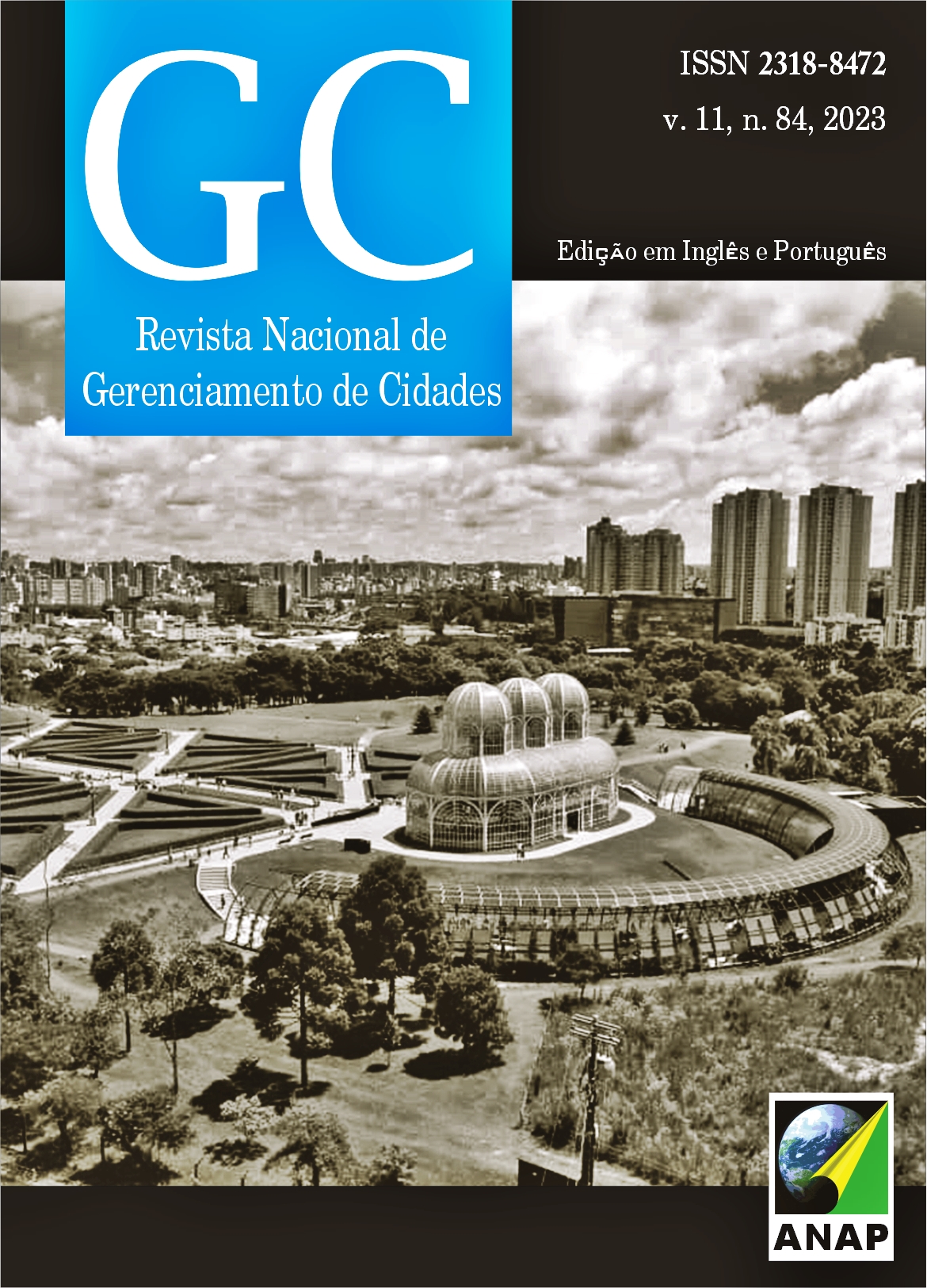GIS application in the analysis of transformations in the old core of Tiradentes/MG related to tourism exploitation in the area
DOI:
https://doi.org/10.17271/23188472118420234768Palavras-chave:
Cultural heritage preservation, Geographic Information System, TiradentesResumo
This article discusses some of the possible contributions of GIS technology (Geographic Information System) to the analysis, planning and management of heritage sites, focusing mainly on the study of the effects produced in such sites by processes related to the tourism exploitation. To this end, it adopts as its object of inquiry the old core of the city of Tiradentes, in Minas Gerais, Brazil – protected by the Instituto do Patrimônio Histórico e Artístico Nacional since 1938 and characterized as one of the main tourist destinations in the country today –, for which it is proposed, firstly, the construction of a digital base in the QGis software and then, based on bibliographic and documentary sources, an analysis of its historical evolution, current conformation and main ongoing processes. A comparative analyzes between the characteristics of land-use verified on the site in the years 1980, 2001 and 2017 is also carried out. As a result, besides creating such a database for the municipality, a further study of the relationships between the transformations observed in the mentioned characteristics and the increase in tourism activity in the area is provided. Considerations are also presented regarding the effects generated on the preservation of local heritage as a result of these same transformations, along with possible recommendations for the effective and sustainable management of Tiradentes' cultural heritage.
Downloads
Publicado
Edição
Seção
Licença

Este trabalho está licenciado sob uma licença Creative Commons Attribution-NonCommercial-ShareAlike 4.0 International License.














